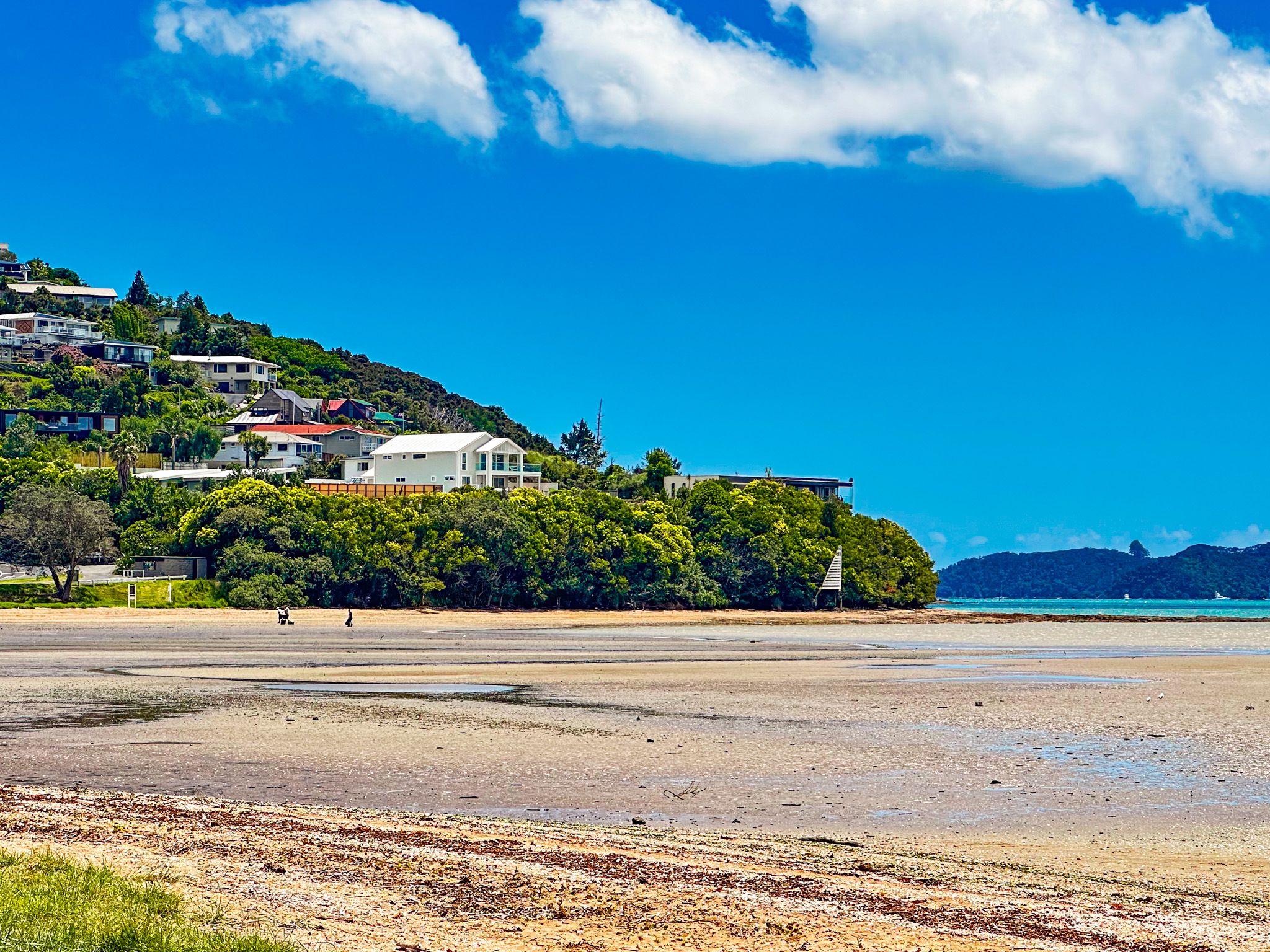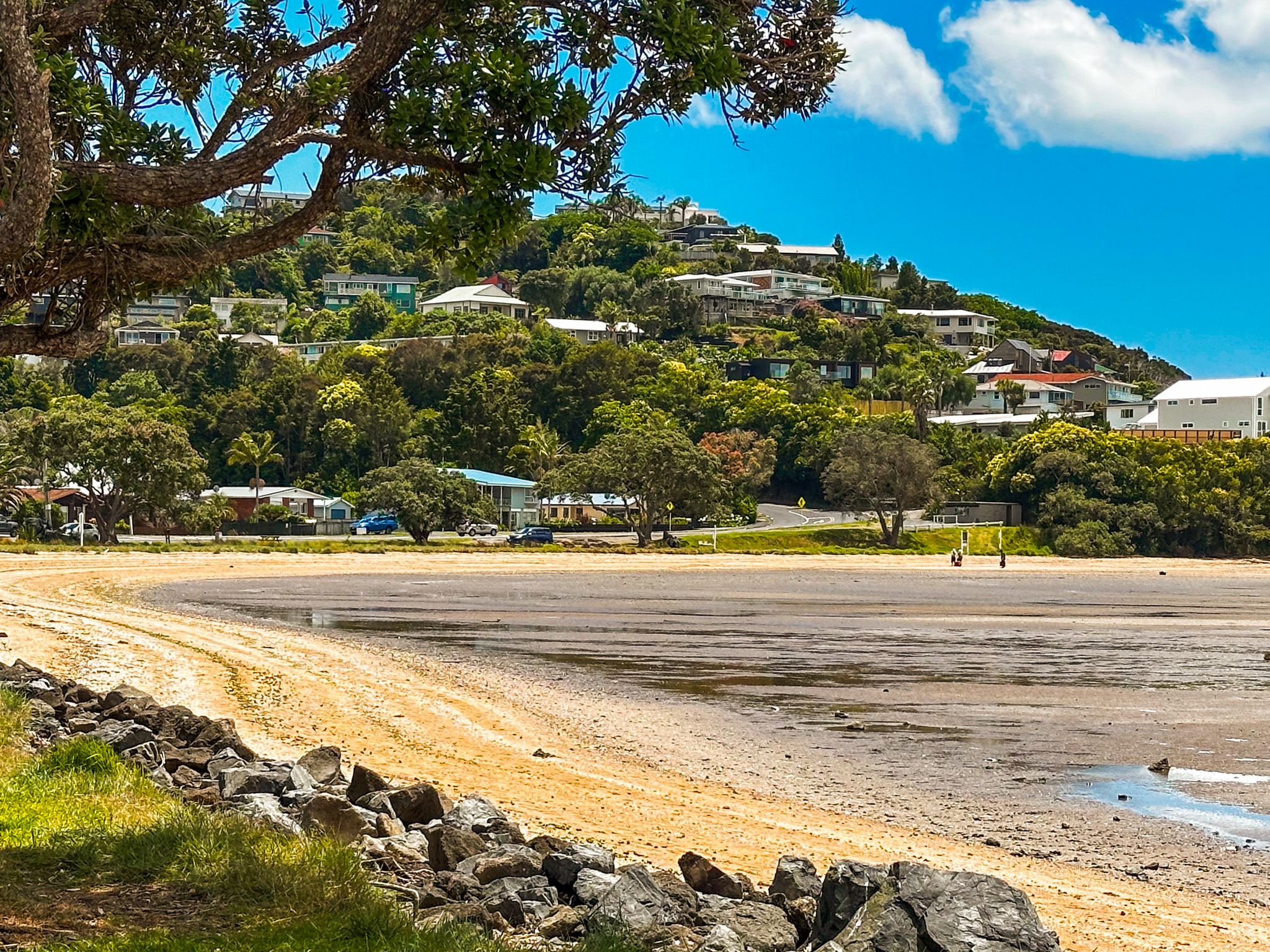Paihia is the main resort town for the Bay of Islands, with around 50 hotels and motels. This compares to a population of just 1,800. In addition, it has the most substantive waterfront in the Bay of Islands, with Paihia Beach and around 3 km of walkable coastline. The walk is also part of Te Araroa.
Paihia Wharf is the starting point for most regional water-based activities, including a passenger ferry to Russell. Its location and the ease of getting there mean it is very busy during holidays. Add in cruise ships anchoring off the coast, and the activity can be intense.
One upside to the cruise ships is the Village Green Market. This operates in the park opposite the main wharf and visitor facility on days when ships with more than 500 passengers visit, between September and May.
Although Paihia is almost as old as Russell, it lacks much sense of history. However, it played a role in the early interactions between Maori and Europeans. It was selected as an early missionary location, and Henry Williams and his wife Marianne arrived in 1823. It is unclear how it got the name Paihia, but a popular story is that Williams described the place to his Māori guide as “pai here”, meaning “good here”.
The first version of a church was built in 1823, although this is long gone, and the large Anglican stone church of 1925 is now the town's dominant historical feature. Paihia also recorded several firsts in NZ. The Herald, a 55-ton schooner, was the first sailboat built in NZ in 1826. It sailed to Sydney several times and traded goods with Māori around NZ. In 1828, it became one of the many ships wrecked on the dangerous Hokianga bar. The first recorded cricket game in NZ was in 1832, the first printing press was in 1835, and the first printing of the Māori New Testament was in 1837.
However, the mission was closed in 1850, and Paihia declined. It became interesting to tourists around 1930 when the road (now State Highway 11) was connected to State Highway 10 at Puketona. Also, about this time, Zane Grey popularised the Bay of Islands, and Waitangi started to be revitalised. Today, it is the main gateway to the bay.










